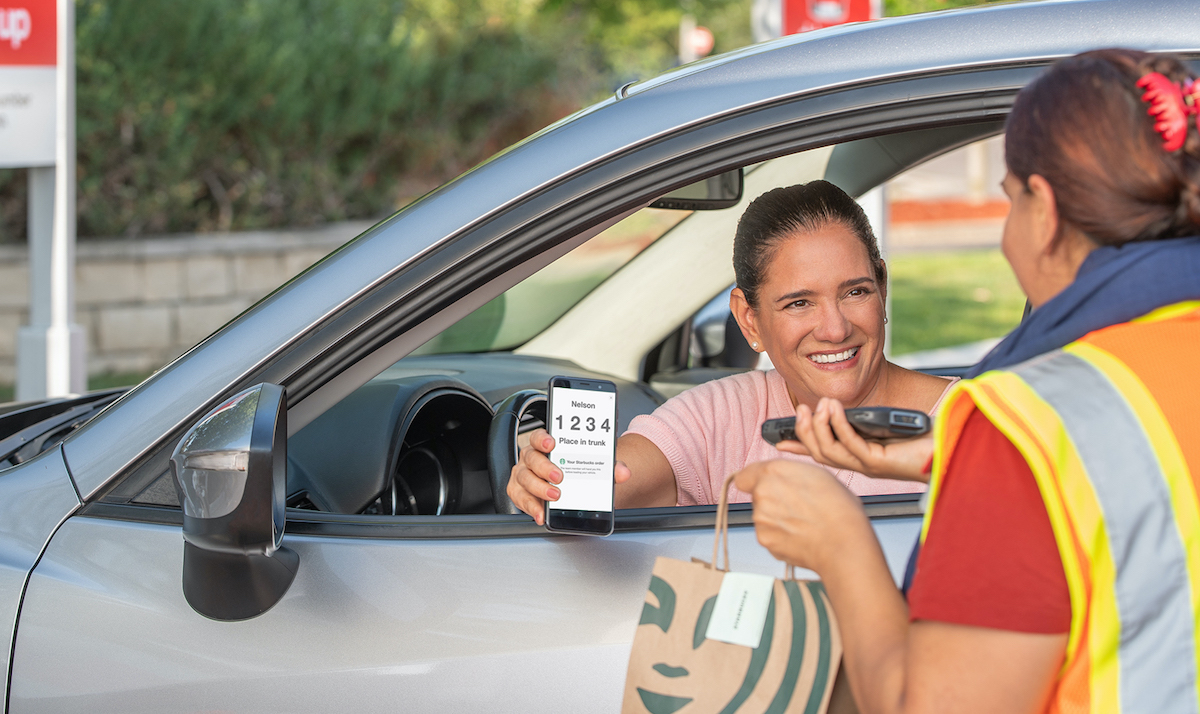Target’s Starbucks Deal Brews Up Grande Connected Economy Ambitions

The Connected Economy is one where, in an unbroken string of activities, consumers wield their devices to browse, order, pay and pick up what they want and need across physical and digital channels.
To that end, Target has announced the availability of the morning brew — specifically, from Starbucks — via curbside pickup.
Target announced Wednesday (Aug. 9) that the service, which had been in pilot at about 250 stores and is slated to be fully in place by October, will be tied to 1,700 stores that already house Starbucks cafés and feature curbside pickup via the Drive Up feature.
And in evidence of the connected part of this coffee-fueled ecosystem, the Target release notes the process — and the omnichannel nature of it all. Consumers use their devices to place a Drive Up order (including payment), notify the store that they are en route via the app and upon arrival they have the order delivered to their vehicle.
Need for Caffeine Has Staying Power
We note that the Starbucks initiative comes against a backdrop where, as reported last quarter, Target showed a 3.4% drop in comparable digital sales attributed to a consumer pullback of purchasing discretionary goods. Starbucks’ results give a hint about the resilience of coffee among discretionary spending categories. In the coffee giant’s most recent quarterly report, North America comp store sales were up 12%, and there was a 6% increase in comparable transaction count and 6% in average ticket size. The morning Joe, so to speak, is high on the list of “must haves” for many commuters and many consumers.
And, of course, in this case, for Target there’s the potential to buoy digital sales, as, ostensibly, the Target customer who is ordering and paying for that day’s caffeine fix would also order other items — retail items, themselves discretionary — to go along with the Drive Up visit.
The ongoing PYMNTS series of Connected Economy reports indicate some resilience here. In terms of general embrace of online and offline activities, underpinned by apps and mobile phones, we found in one recent report that high-income consumers — those making more than $100,000 annually — are the most likely of any income bracket to be participating in the Connected Economy.
They are also twice as likely to have paid for their most recent purchase via a digital wallet as they were in January 2022. Elsewhere, we found that in total, 32% of online shoppers — approximately 16.4 million consumers — picked up their most recent purchases via curbside or in-store pickup throughout 2022, a 37% increase from 2021. Curbside pickup use grew six times as much as in-store pickup in that time.
